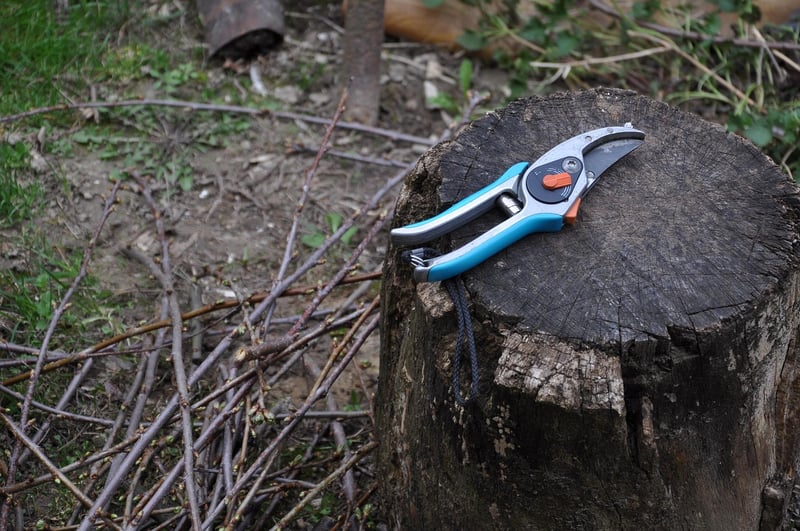Pruning Techniques
Keep Your Greenery Healthy: Essential Pruning Techniques
Pruning is a crucial practice for maintaining the health and aesthetics of your plants and trees. By removing dead or overgrown branches, you can stimulate growth, improve airflow, and prevent disease. Here are some essential pruning techniques to keep your greenery thriving:
1. Tools of the Trade
Before you start pruning, make sure you have the right tools for the job. Invest in sharp bypass pruners for clean cuts, loppers for thicker branches, and a pruning saw for larger limbs.
2. Know When to Prune
Timing is key when it comes to pruning. Generally, it's best to prune most plants during their dormant season in late winter or early spring. However, some flowering shrubs may require pruning right after they bloom.
3. Removing Dead/Diseased Branches
Start by removing any dead, diseased, or damaged branches. Make clean cuts just outside the branch collar to prevent tearing and promote healing.
4. Thinning Out for Airflow
Thinning out the canopy of trees and shrubs allows for better airflow and sunlight penetration. Remove overcrowded branches to reduce the risk of fungal diseases.
5. Shaping for Aesthetics
Pruning can also be done to shape plants for aesthetic purposes. Create a balanced and visually appealing structure by trimming branches to encourage growth in a particular direction.
6. Pruning Techniques
- Heading: Cutting back a portion of a branch to promote new growth.
- Thinning: Removing entire branches to reduce density and improve airflow.
- Pinching: Nipping off the tips of young plant growth to encourage bushier growth.
- Shearing: Shaping plants into formal hedges or topiaries using manual or electric shears.
7. Aftercare
After pruning, ensure proper aftercare by watering the plants adequately and applying a layer of mulch to retain moisture. Monitor the plants for any signs of stress or disease.
By mastering these essential pruning techniques, you can enhance the health and beauty of your greenery. Regular pruning not only keeps your plants in top condition but also promotes vigorous growth and abundant flowering.

Remember, when in doubt, it's always best to consult with a professional arborist or gardener for guidance on the specific pruning needs of your plants.
